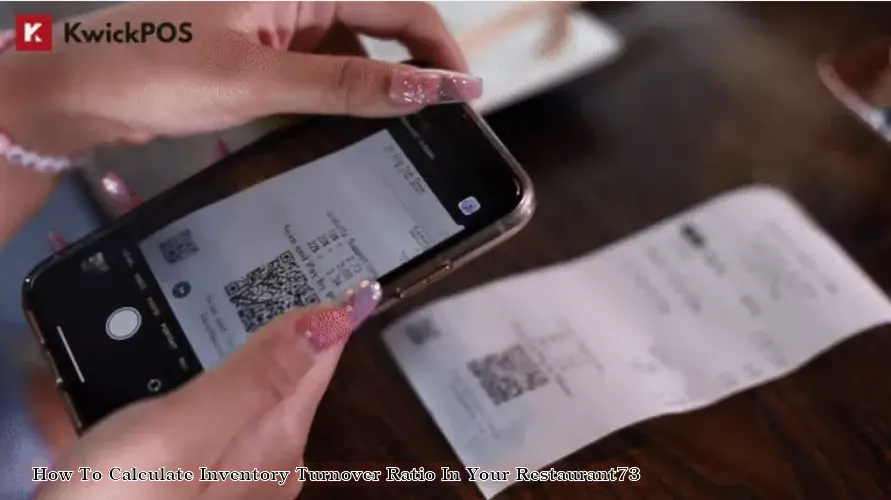

As a restaurant owner, managing inventory is crucial for profitability and efficiency. One key metric that helps you assess your inventory management practices is the inventory turnover ratio. This ratio measures how quickly you're selling through your inventory and provides valuable insights into your operations.
What is Inventory Turnover Ratio?
Inventory turnover ratio is a measure of how many times your inventory is sold and replaced over a specific period, typically a year. It indicates how efficiently you're managing your inventory and whether you're holding on to too much or too little stock.
Formula for Inventory Turnover Ratio
The formula for calculating inventory turnover ratio is:
```
Inventory Turnover Ratio = Cost of Goods Sold (COGS) / Average Inventory
```
Calculating Cost of Goods Sold (COGS)
COGS represents the direct costs associated with producing the food and beverages you sell. It includes the cost of ingredients, packaging, and labor directly related to food preparation.
Calculating Average Inventory
Average inventory is the average value of your inventory over a specific period. It can be calculated using two methods:
Example Calculation
Let's say your restaurant has the following information:
Using the simple average method, your average inventory would be:
```
Average Inventory = (Beginning Inventory + Ending Inventory) / 2
Average Inventory = ($25,000 + $30,000) / 2
Average Inventory = $27,500
```
Now, we can calculate the inventory turnover ratio:
```
Inventory Turnover Ratio = COGS / Average Inventory
Inventory Turnover Ratio = $200,000 / $27,500
Inventory Turnover Ratio = 7.27
```
Interpretation
An inventory turnover ratio of 7.27 indicates that your restaurant sells through its inventory 7.27 times per year. This means that you're holding on to inventory for an average of approximately 50 days (365 days / 7.27).
Industry Benchmarks
The ideal inventory turnover ratio varies depending on the type of restaurant and the industry. However, a general benchmark for restaurants is between 6 and 12.
Benefits of High Inventory Turnover Ratio
Tips for Improving Inventory Turnover Ratio
Conclusion
Calculating and monitoring your inventory turnover ratio is essential for optimizing your restaurant's inventory management practices. By understanding how quickly you're selling through your inventory, you can make informed decisions to reduce costs, improve efficiency, and increase profitability.
DISCLAIMER: This information is provided for general informational purposes only, and publication does not constitute an endorsement. Kwick365 does not warrant the accuracy or completeness of any information, text, graphics, links, or other items contained within this content. Kwick365 does not guarantee you will achieve any specific results if you follow any advice herein. It may be advisable for you to consult with a professional such as a lawyer, accountant, or business advisor for advice specific to your situation.
today
Copyright © 2025 Kwick365.com
Designed by KwickPOS is the best restaurant POS